Board games have a magical way of bringing people together, and the best ones transcend spoken language. Language independent board games, in particular, offer a unique opportunity for individuals from diverse backgrounds to share laughter, strategize, and connect on a deeper level. These games utilize intuitive symbols, minimal text, and clear visuals to ensure that anyone can join in on the fun, regardless of their native language. As we explore the world of language-independent board games, we’ll uncover a range of options that celebrate inclusion and shared experiences. Let’s dive in and discover 12 fantastic games that speak volumes, without saying a word!
Language Independent Board Games
1. Kingdomino
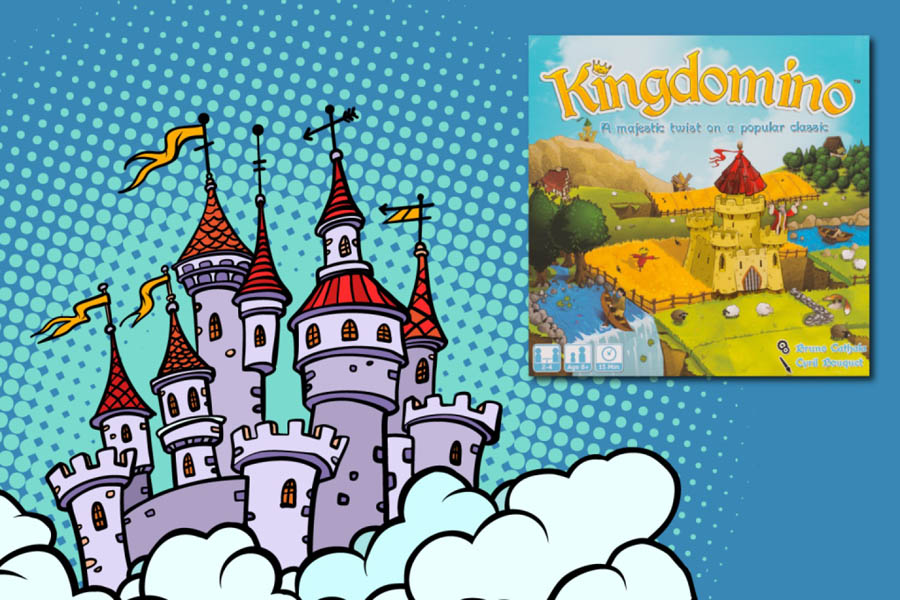
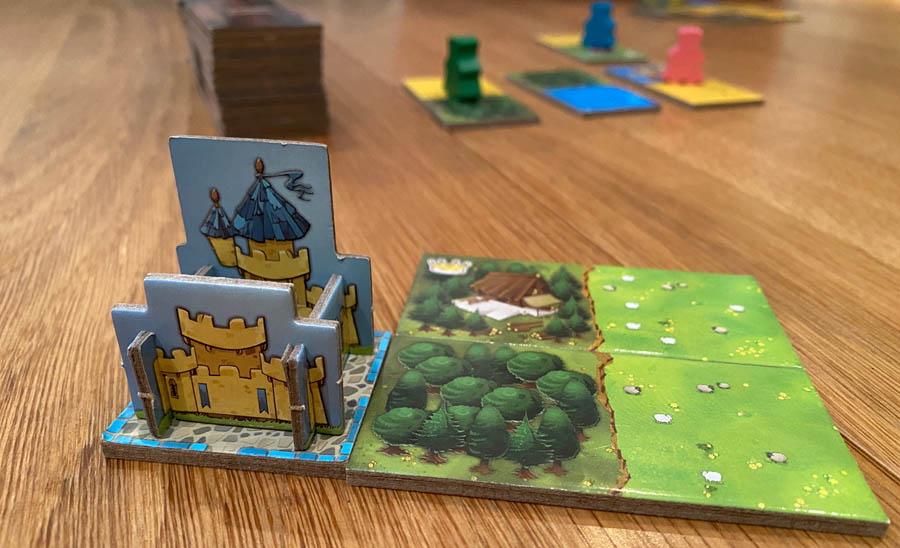
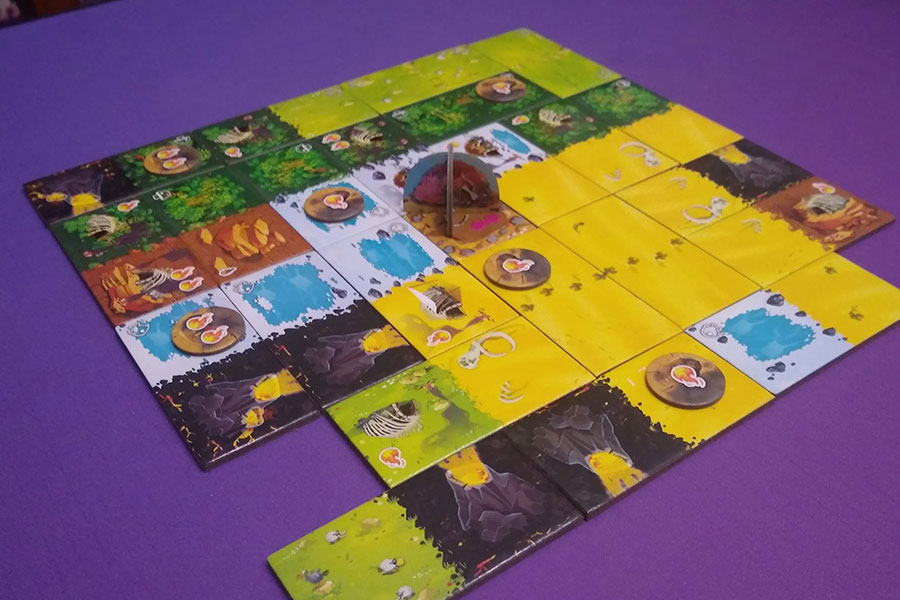
- Description: In Kingdomino, players build their kingdoms by strategically placing domino-like tiles, and matching terrains to maximize their points.
- Key Features: Simple rules, clear visuals, and minimal text make it accessible to players of all languages.
- Why It’s Great: We’ve always appreciated how straightforward Kingdomino is, and the visually engaging components make it easy for anyone to understand the gameplay. The blend of strategy and accessibility allows players of all backgrounds to enjoy the game without any language barrier. Each tile placement becomes a conversation in itself!
2. Azul
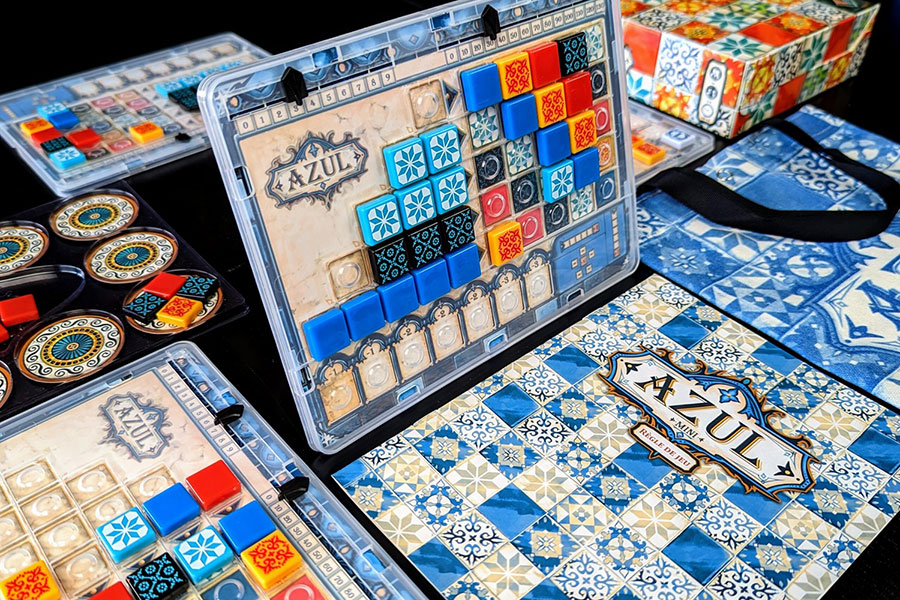
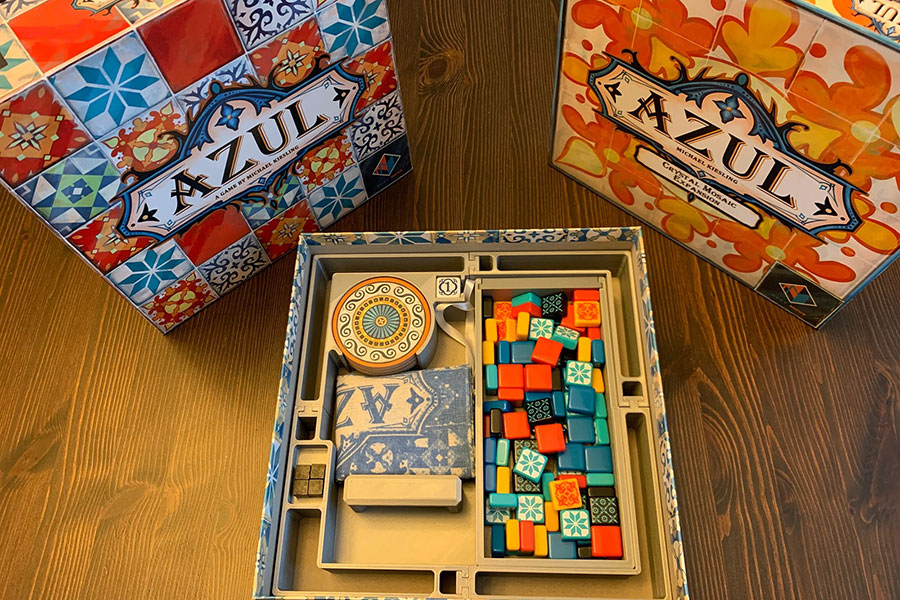
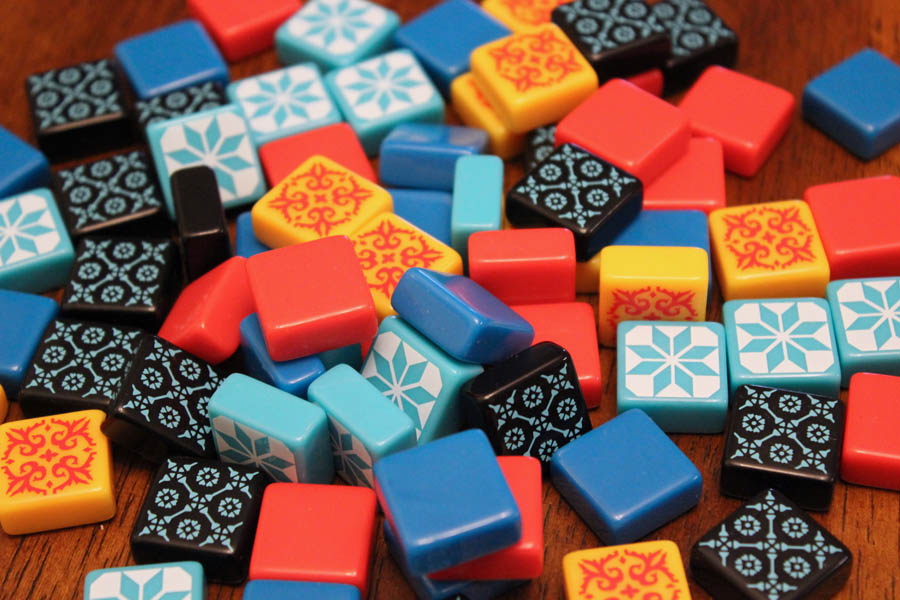
- Description: Azul is a beautiful tile-laying game where players strategically draft and place colorful tiles on their boards to complete patterns.
- Key Features: Visually striking components and simple, iconic symbols make it easily understandable, regardless of language.
- Why It’s Great: The beauty of Azul is its non-verbal appeal in the number of language independent board games, where its gameplay speaks for itself. We love that the game’s clear visuals and strategic mechanics create a universal language that anyone can effortlessly grasp. When we play, we focus on patterns and colors, communicating through our tile placements.
3. Qwirkle
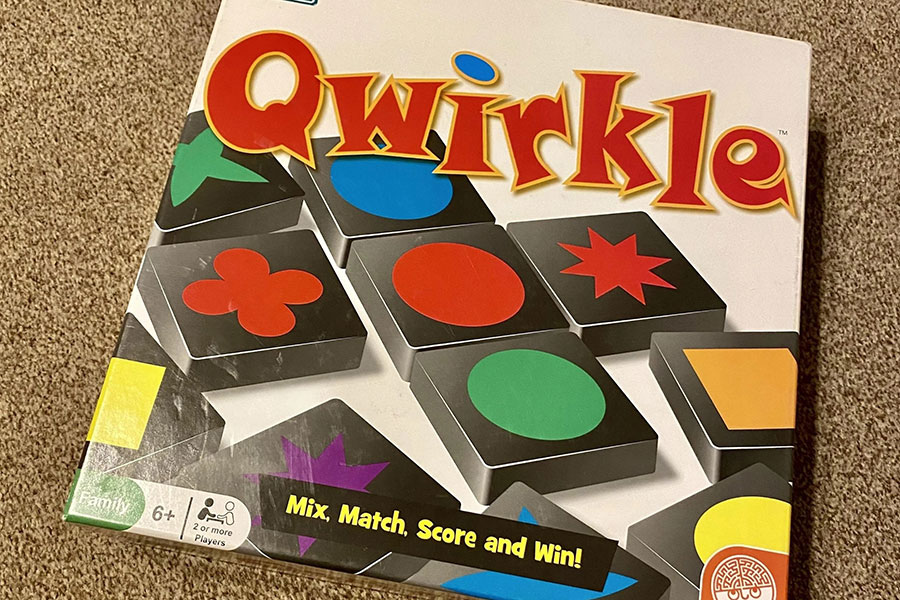
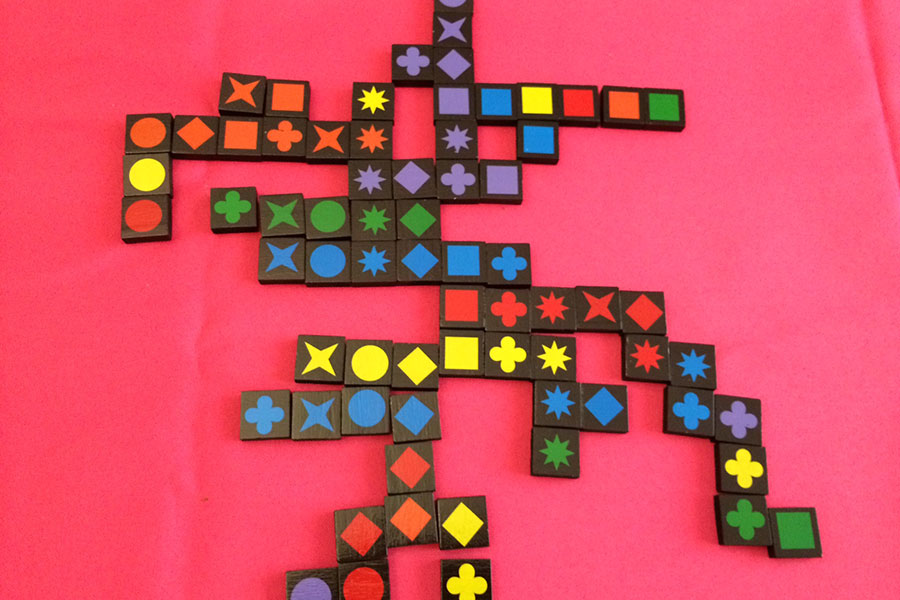
- Description: Qwirkle is a pattern-building game where players match colors and shapes to create lines, scoring points for well-placed tiles.
- Key Features: Abstract pieces and a straightforward scoring system mean it’s easy to understand, no matter your language.
- Why It’s Great: It’s incredibly rewarding to play Qwirkle with friends from diverse backgrounds. The focus on visual matching and basic strategy ensures that everyone, regardless of their language skills, can compete on an even playing field. The game’s universal appeal makes for fun and memorable game nights.
4. Set
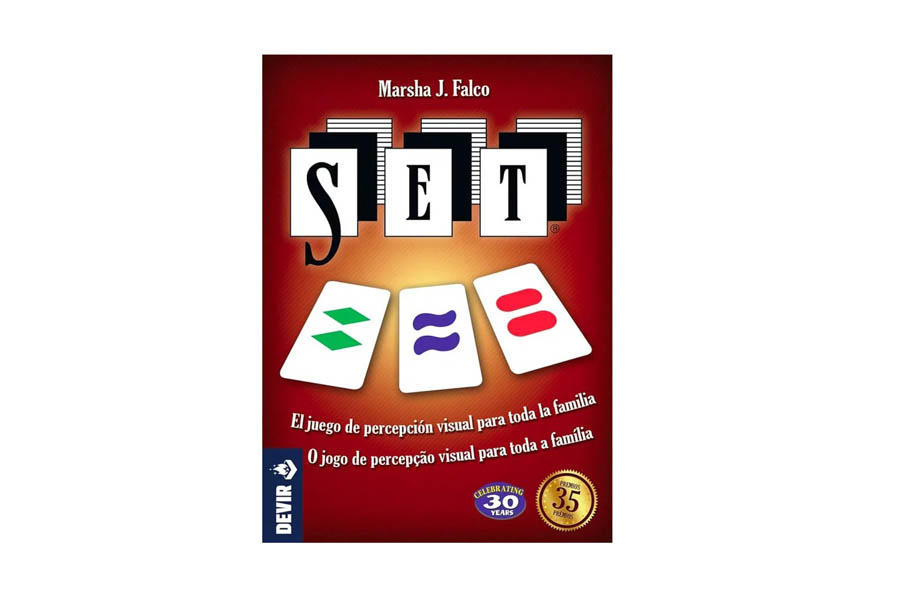
- Description: In Set, players quickly find “sets” of three cards based on shared attributes, such as shape, color, and number.
- Key Features: A focus on visual pattern recognition makes it easy to learn and play without text-based rules.
- Why It’s Great: The fast-paced nature of Set always creates a lively atmosphere out of language independent board games, and the challenge of identifying patterns transcends language differences. We’ve laughed and cheered as we spot sets faster than our friends, and the game’s universal appeal always makes our gatherings more fun. It’s a simple game that speaks volumes through visuals!
5. Blokus
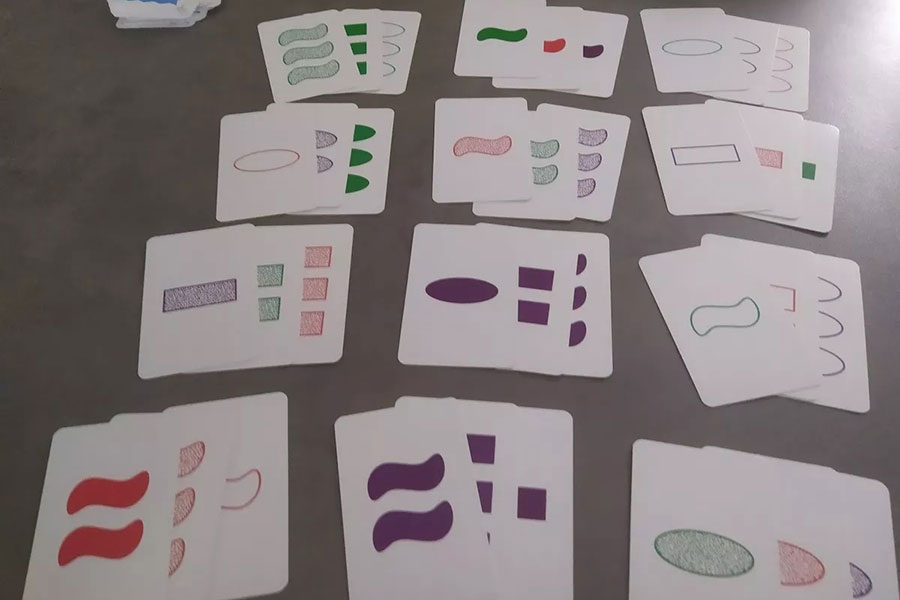
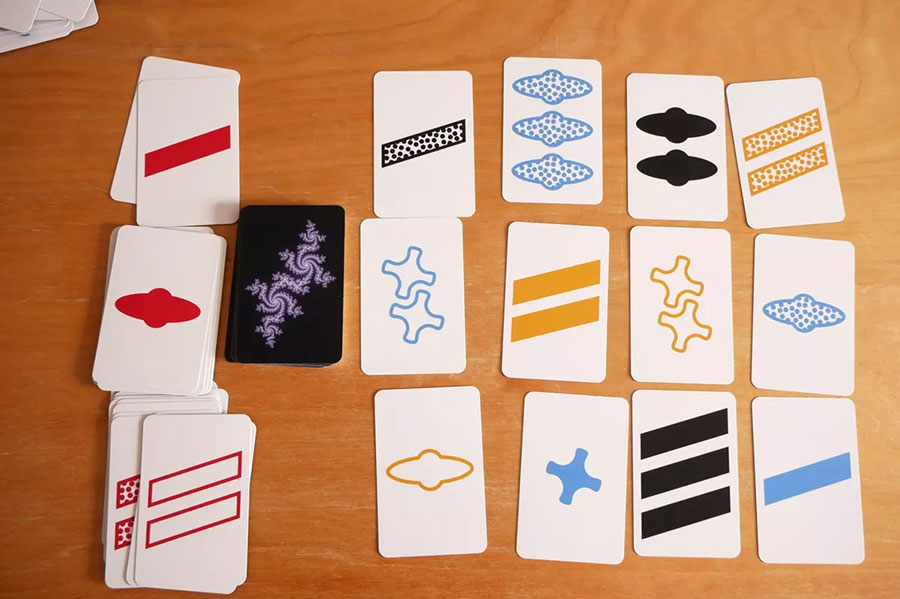
- Description: Blokus is a strategic game where players place Tetris-like pieces on a board, trying to occupy as much space as possible while blocking opponents.
- Key Features: Its highly visual approach, with colorful and distinctive shapes, makes it easy to grasp the rules.
- Why It’s Great: We love that the intuitive gameplay of Blokus requires no spoken language to understand. The spatial reasoning and strategic placement create a captivating challenge that anyone can enjoy. Each turn has led to thought-provoking moments, showing us how universal the language of strategy is
6. Ticket to Ride (with maps)
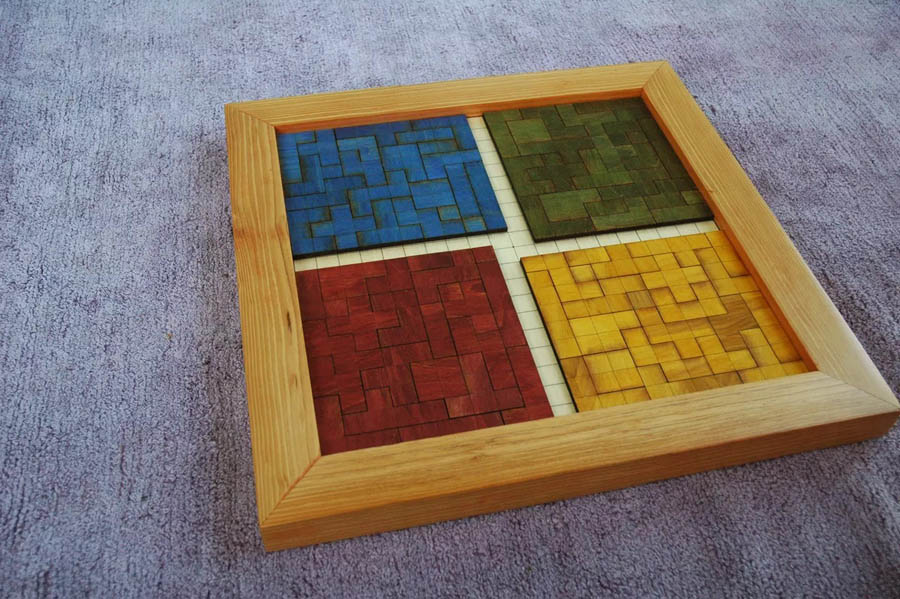
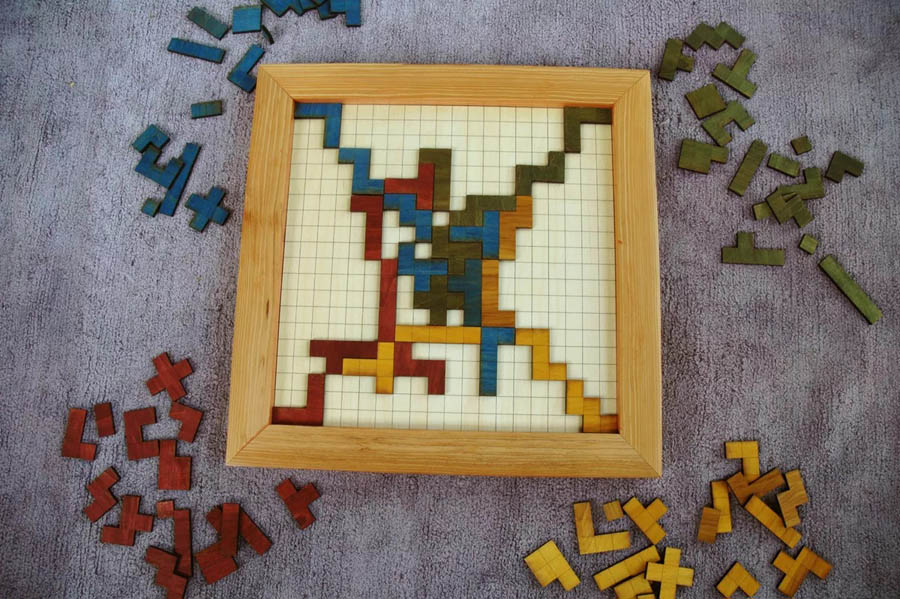

- Description: Ticket to Ride is a train-building game among language independent board games, where players claim railway routes by collecting train cards and connecting cities on a map to earn points.
- Key Features: The game is enhanced with clear maps, color-coded cards, and universally understood symbols.
- Why It’s Great: We can effortlessly immerse ourselves in the world of Ticket to Ride by simply relying on the visuals and maps! While some editions have text, many are easily adapted with a quick rule explanation, making this game ideal for multi-language groups. The satisfying route-building and the shared goal of reaching destinations create a universally fun experience.
7. Hanabi

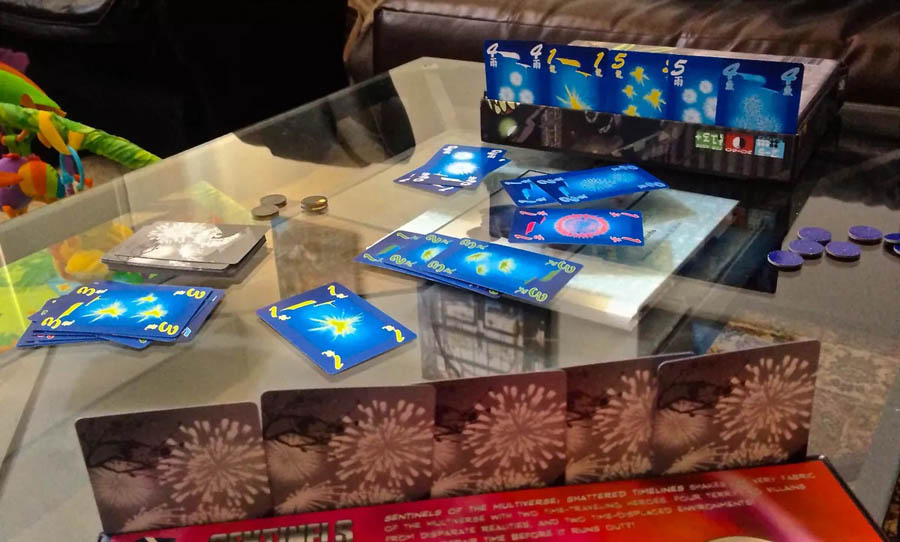
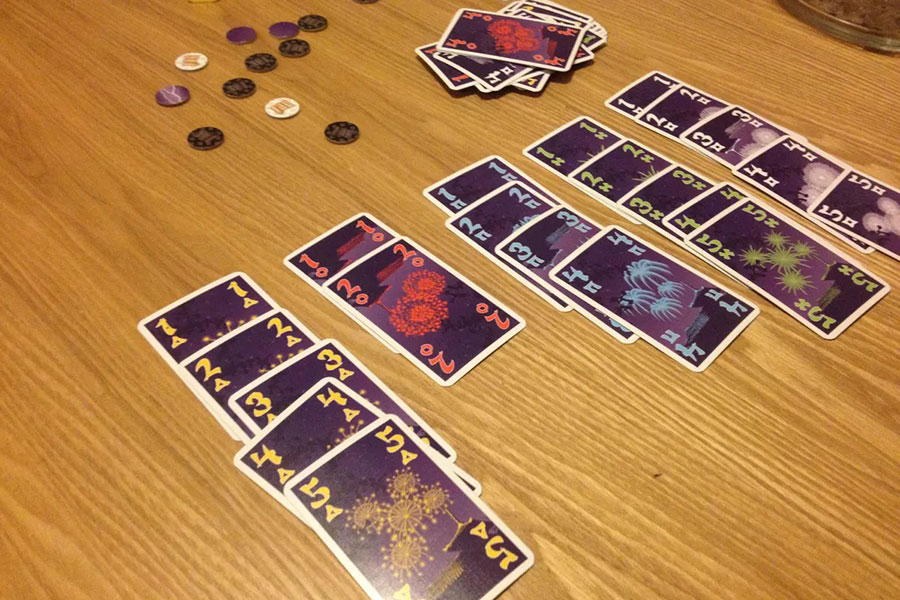
- Description: In Hanabi, players work cooperatively to create a firework display by playing cards in the right order. The catch? You can’t see your own cards!
- Key Features: This game uses symbols to indicate card values and non-verbal communication is key.
- Why It’s Great: Hanabi’s focus on non-verbal communication transcends language barriers. This is one of our go-to games for gatherings because we always use gestures and expressions to convey ideas. There’s a shared challenge in working together, creating laughter and camaraderie regardless of language.
8. Gemblo

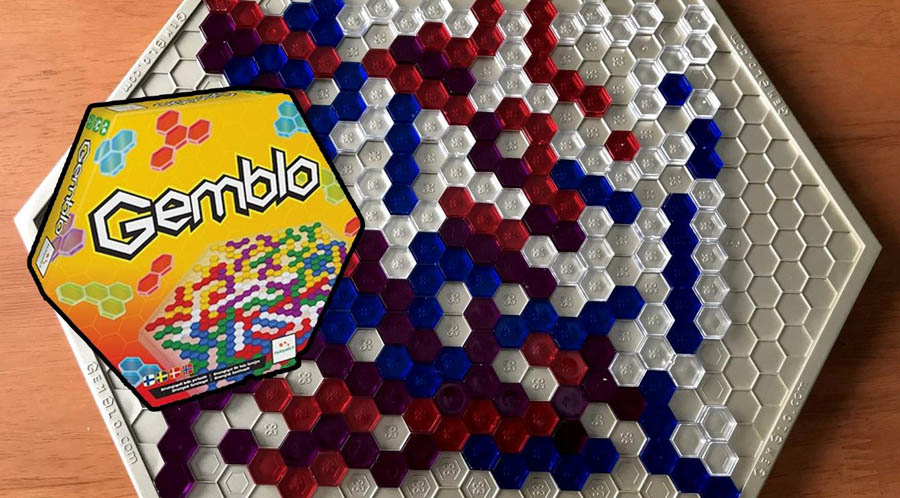
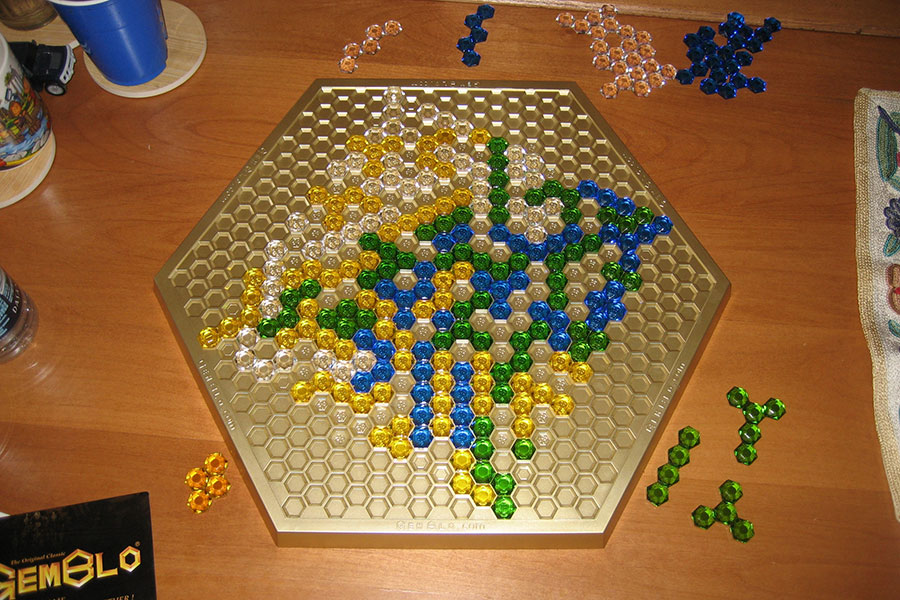
- Description: Gemblo is a strategic board game in the group of language independent board games, where players place uniquely shaped pieces onto the board to claim territory while ensuring each new placement touches a piece of their own color.
- Key Features: The visual elements and simple placement rules make it an ideal language-independent option.
- Why It’s Great: We find that the easy-to-learn gameplay of Gemblo makes it accessible to everyone. The strategy and spatial reasoning required to make it as mentally engaging as it is universally appealing, as it transcends languages and speaks to our strategic minds!
9. Ubongo
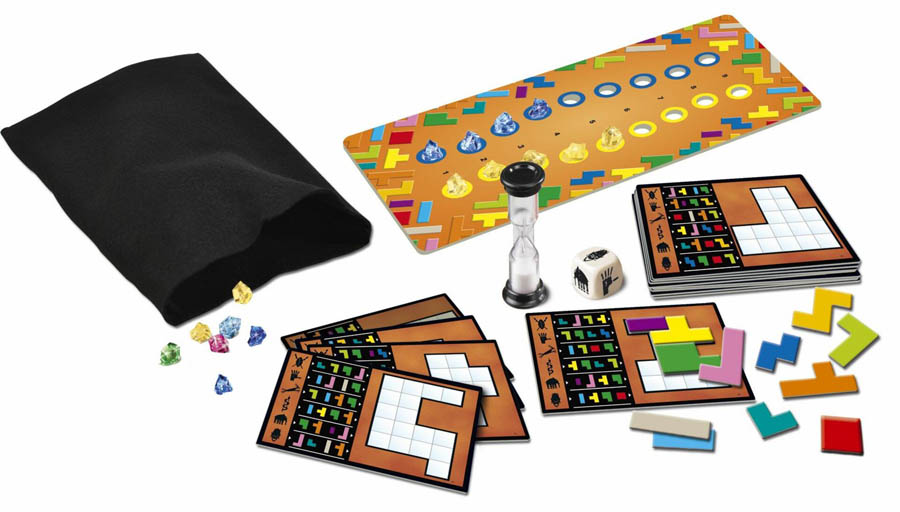
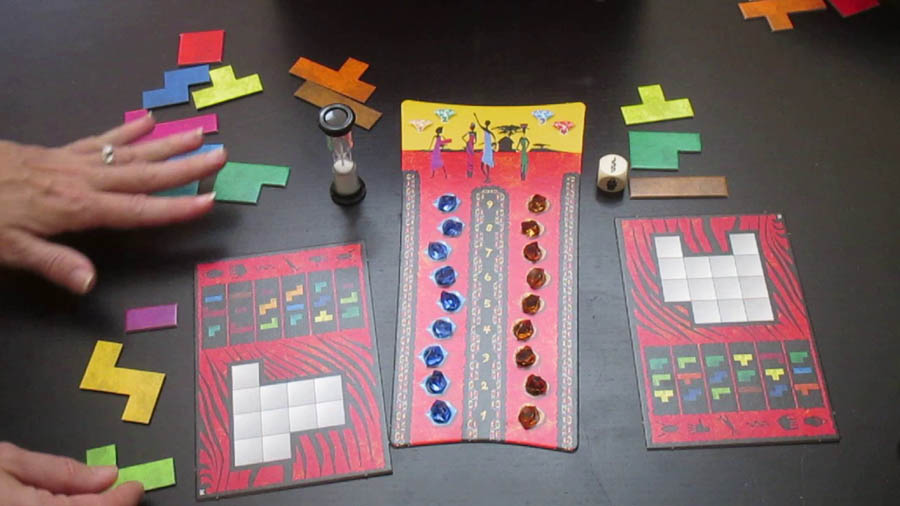
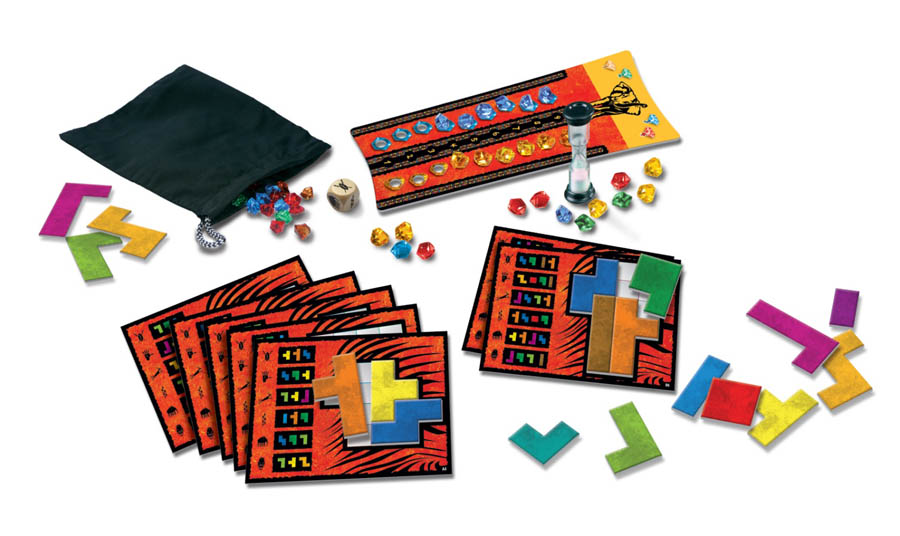
- Description: In Ubongo, players race against the clock to fit Tetris-like pieces onto a board.
- Key Features: This game is highly visual and relies on fast thinking, making it independent of language skills.
- Why It’s Great: The fast-paced nature of Ubongo ensures that everyone stays engaged, and the challenge of completing puzzles while racing against time creates a universally enjoyable experience. When we play, it’s all about quick thinking and problem-solving.
10. Concept
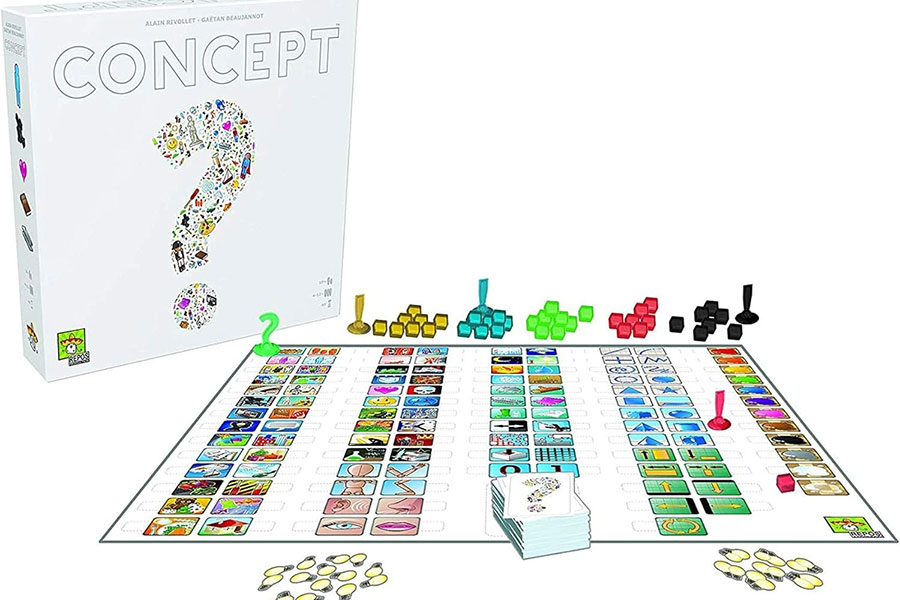
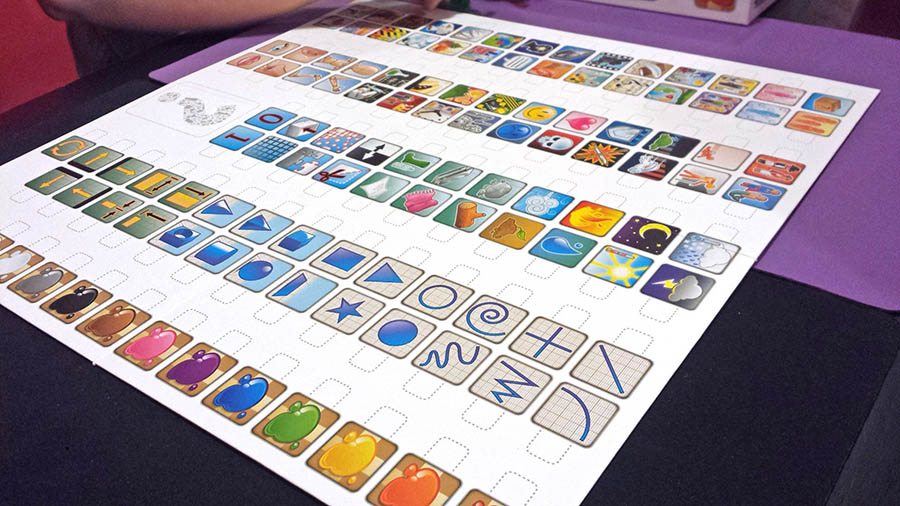
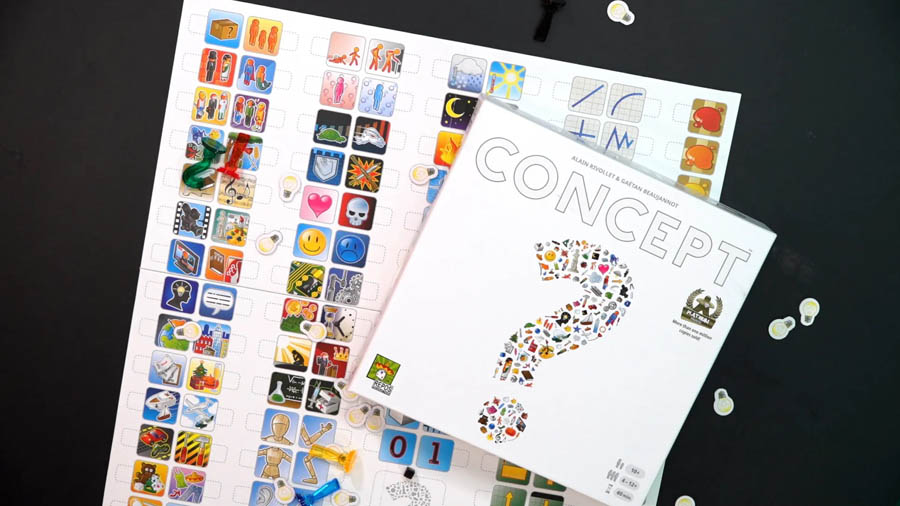
- Description: In Concept, players communicate a word or phrase using universal icons on a game board, encouraging creativity without relying on words in the world of language independent board games.
- Key Features: Icon-based gameplay and a focus on abstract thinking make it language-agnostic.
- Why It’s Great: It’s fascinating to watch how we use the game’s icons to convey ideas. The creativity and innovation required in Concept always spark laughter, and it’s inspiring to see how players from diverse backgrounds interpret different symbols, creating a truly unique experience.
11. Mysterium
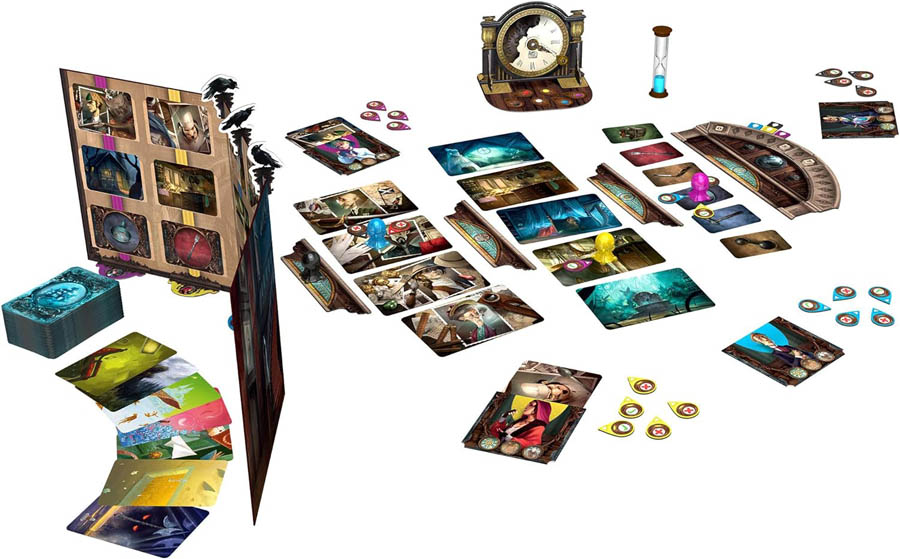
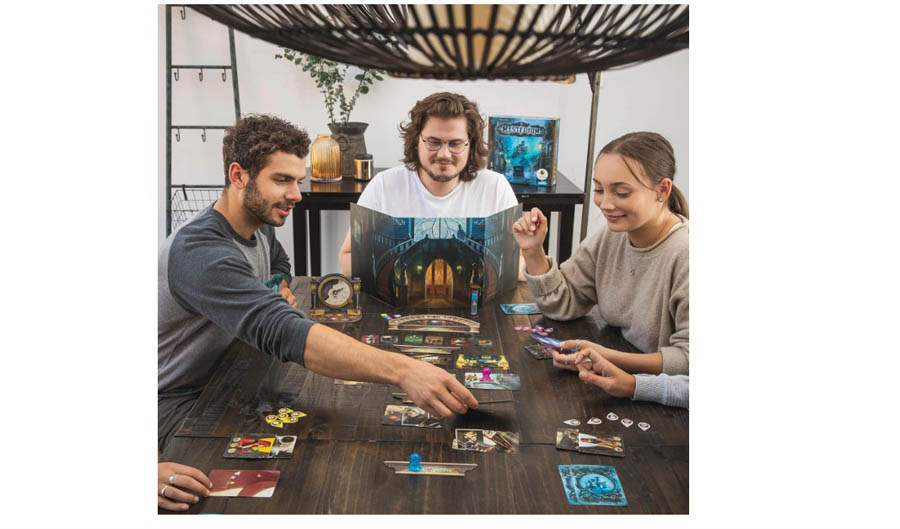

- Description: In Mysterium, one player acts as a ghost and communicates clues using abstract images, guiding other players, the mediums, to solve a murder mystery.
- Key Features: Its focus on visual clues and a cooperative mystery make it a unique experience with no spoken language needed.
- Why It’s Great: We love how the abstract visuals in Mysterium promote creative interpretation, fostering a shared sense of intrigue and mystery. As we decipher clues and discuss theories, it’s evident that meaningful communication can happen without words. This game creates memorable moments, bringing everyone closer together through shared discoveries.
12. Skull
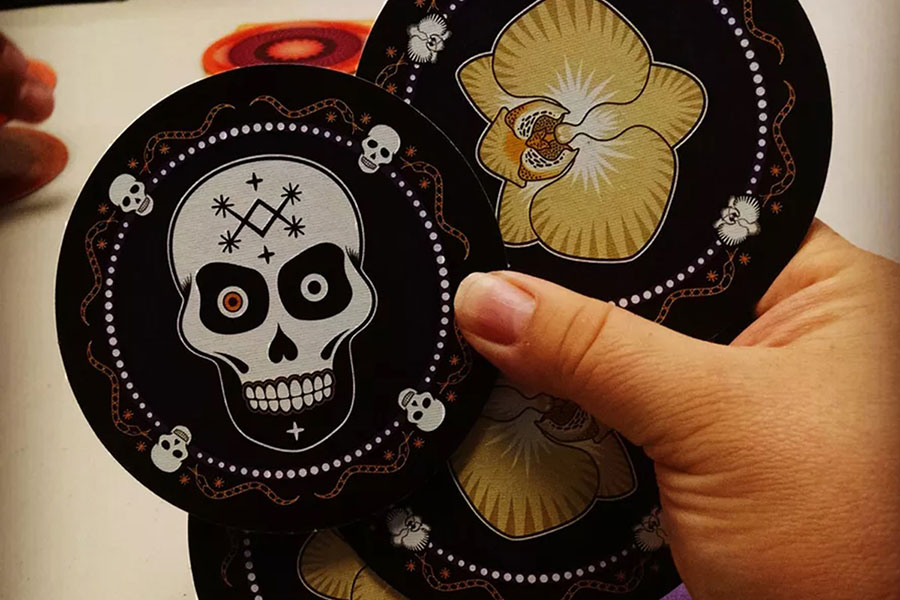

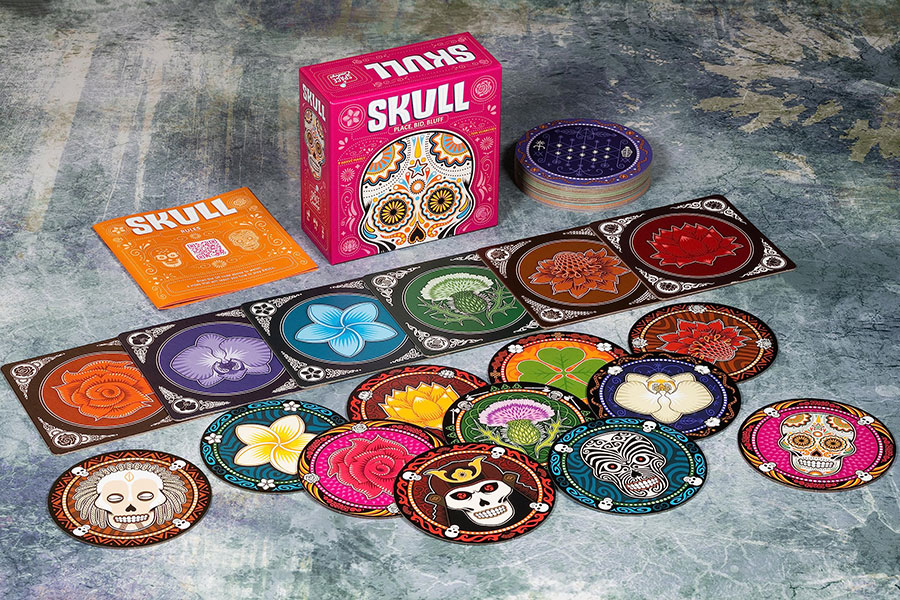
- Description: Skull is a bluffing game where players hide tiles and challenge each other to unveil hidden cards without revealing a dreaded skull.
- Key Features: The game utilizes symbols and bluffing, requiring no text or language-based instructions.
- Why It’s Great: We find the tension and strategy in Skull captivating among language independent board games. The game’s non-verbal nature makes it ideal for mixed-language groups, and as we bluff and outwit each other, we often rely on non-verbal cues and gestures. This game highlights how bluffing is a universal language!
13. Rhino Hero
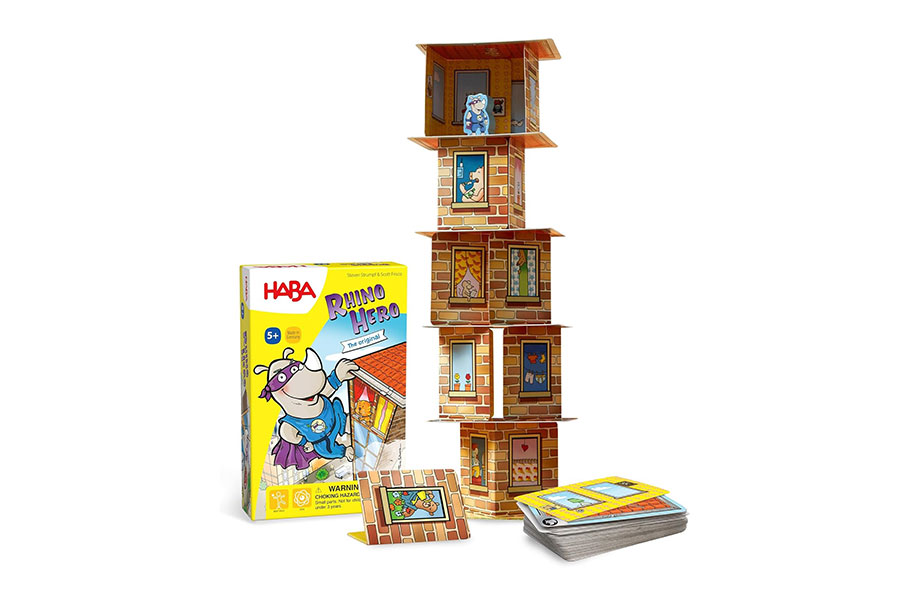
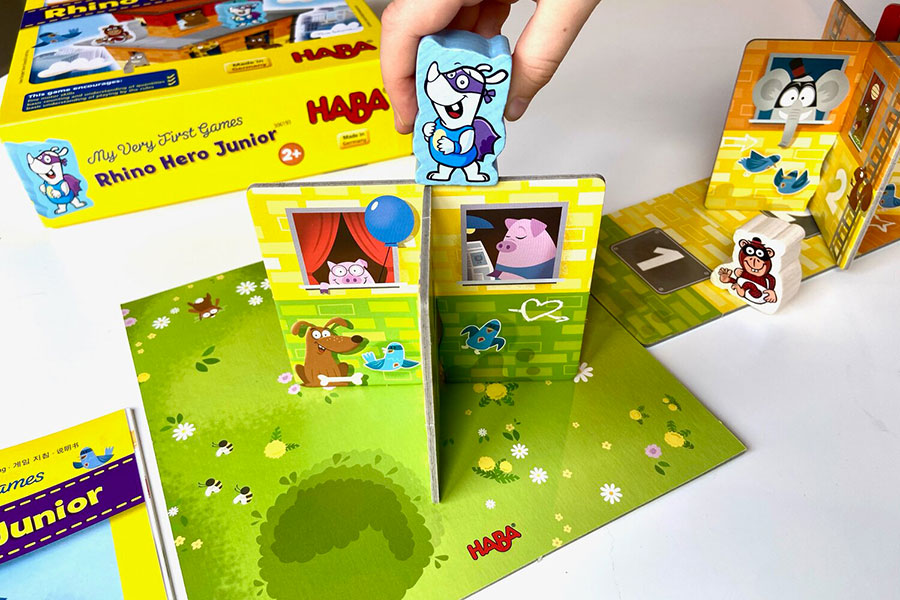

- Description: Rhino Hero is a dexterity game where players build a tower using cards and then move a wooden rhino figure up the structure, testing their balance and coordination.
- Key Features: This game is entirely visual and tactile, relying on construction and movement rather than written instructions.
- Why It’s Great: We’ve often found that the tactile nature of Rhino Hero sparks a lot of laughter. When we play, it’s all about steady hands and careful planning, and there are always lots of cheers when the tower stands tall (and groans when it comes crashing down!). The game’s simple mechanics make it an instant hit with players from all over.
14. Loopin’ Louie

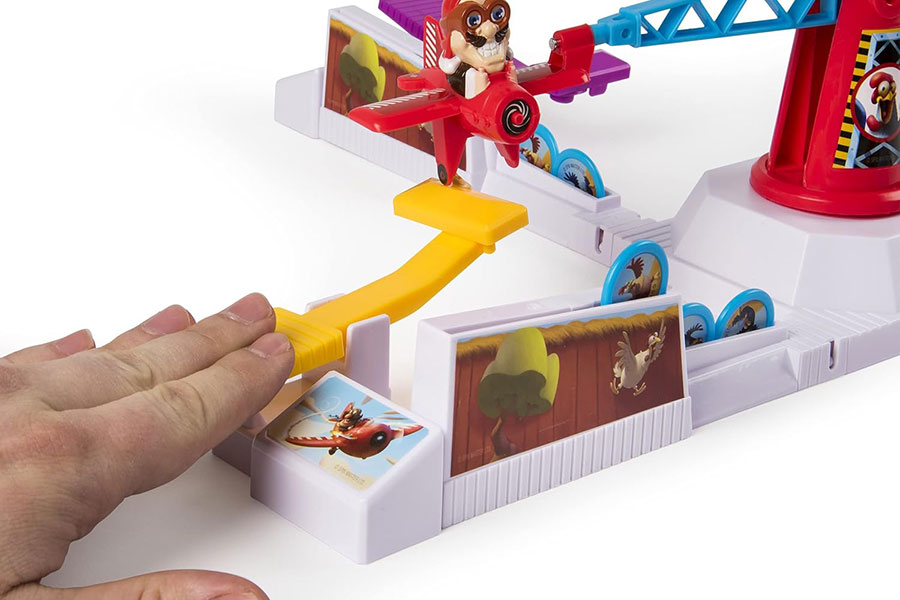

- Description: Loopin’ Louie is an action-packed dexterity game where players use levers to defend their chickens from Louie, a looping airplane.
- Key Features: The game is highly visual with simple actions, and it relies on quick reflexes rather than language comprehension.
- Why It’s Great: When we play Loopin’ Louie, it’s a whirlwind of laughter and excitement in the selection of language independent board games. The game’s focus on physical interaction and fast-paced action translates well, regardless of players’ language, and there’s something incredibly fun about the simple act of flipping those levers. It is easy for anyone to jump right in, creating a space for shared joy and friendly competition.
15. Pictures

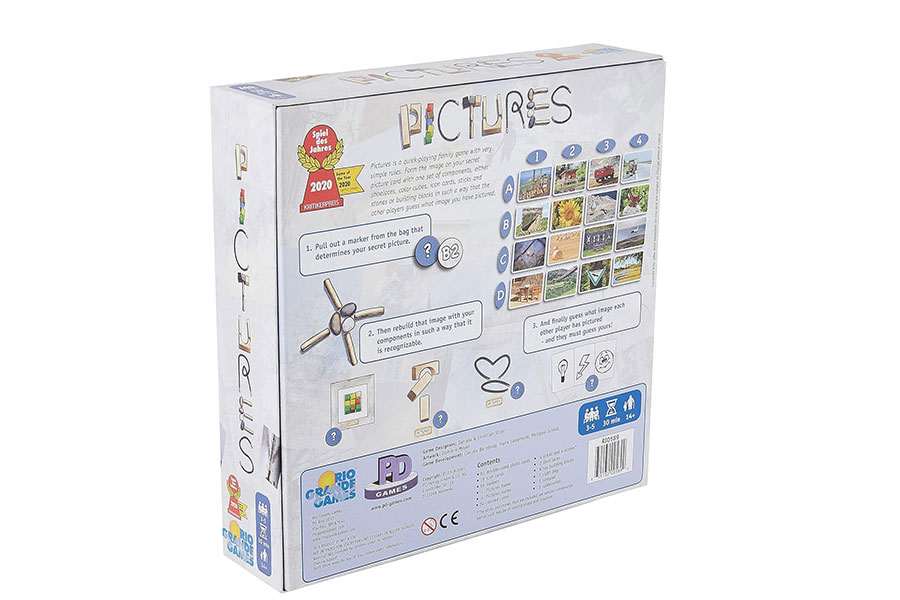
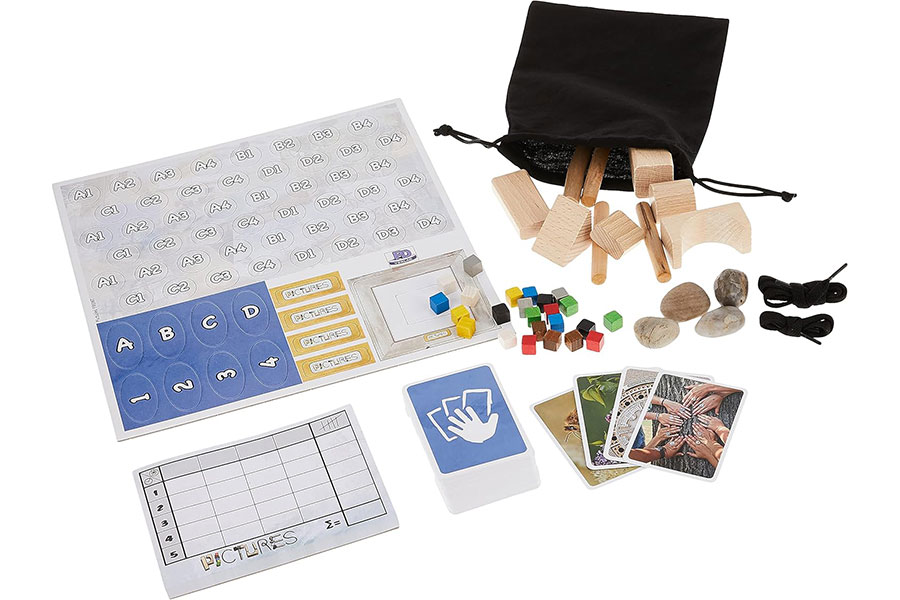
- Description: Pictures challenge players to communicate a secret image using only a limited set of abstract components, such as string, colored cubes, and wooden pieces.
- Key Features: The game utilizes visual communication and promotes creative thinking without relying on language.
- Why It’s Great: We love how Pictures bring out our creativity. When we play, we focus on innovative ways to represent our hidden images, and it’s incredibly engaging to see how different players interpret the same components. The non-verbal nature of the game makes it universally accessible, making for a fun and memorable experience for everyone involved.
Conclusion
Language independent board games open up a world of possibilities, allowing us to connect with others without the barriers of spoken language. Through clear visuals, intuitive mechanics, and universal symbols, these games offer an inclusive space for people from diverse backgrounds to share laughter, create memories, and simply enjoy each other’s company. From strategic challenges to cooperative quests, these titles speak to the human spirit, proving that fun is truly universal. So, let’s gather around the table and let the games begin!
What features make a board game language-independent?
A game is language-independent if it relies mainly on symbols, icons, and visual elements instead of written text or spoken instructions.
How can you introduce language-independent games to a group?
It’s best to demonstrate through actions, use visual aids like reference sheets, and foster an environment where everyone learns together through play.
Can language-independent games help develop cognitive skills?
Yes, these games often encourage strategic thinking, problem-solving, and spatial reasoning, which are universally beneficial for cognitive development.













